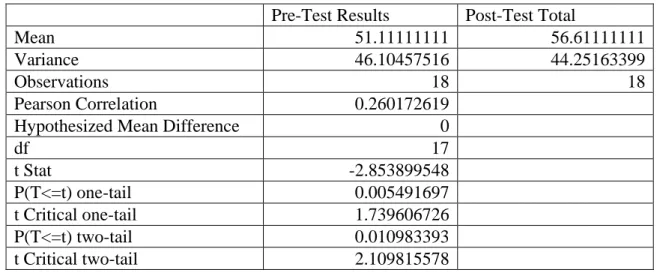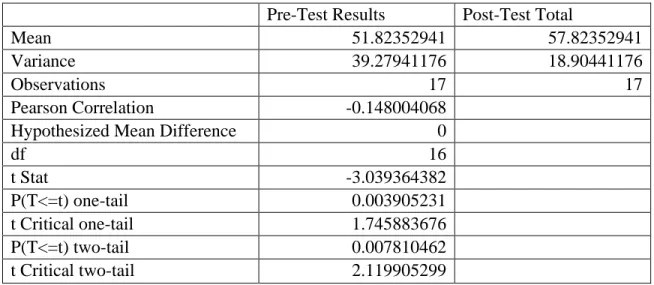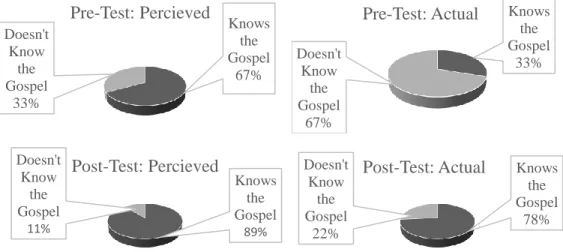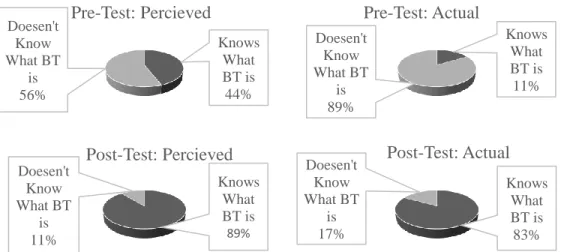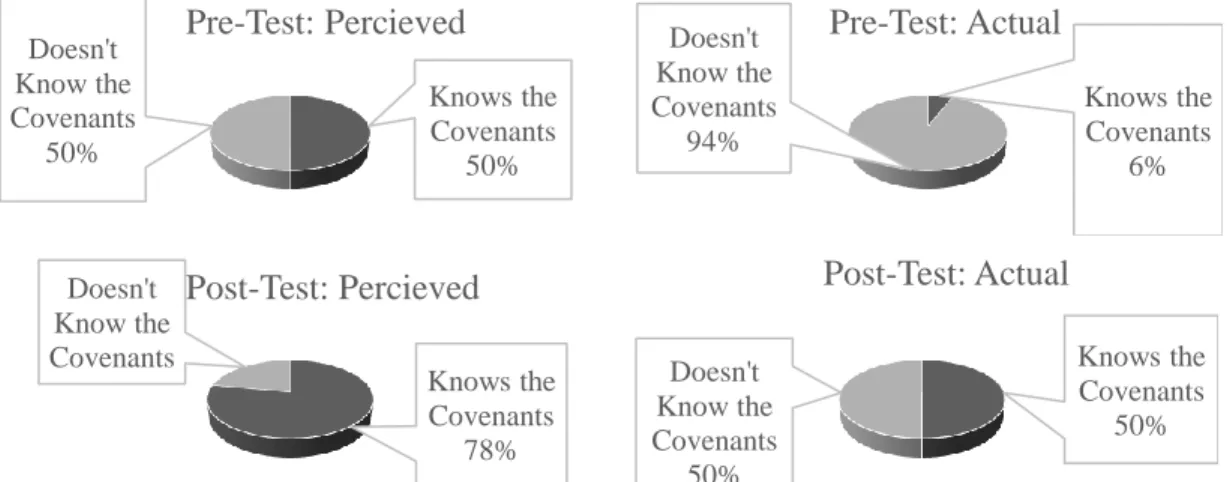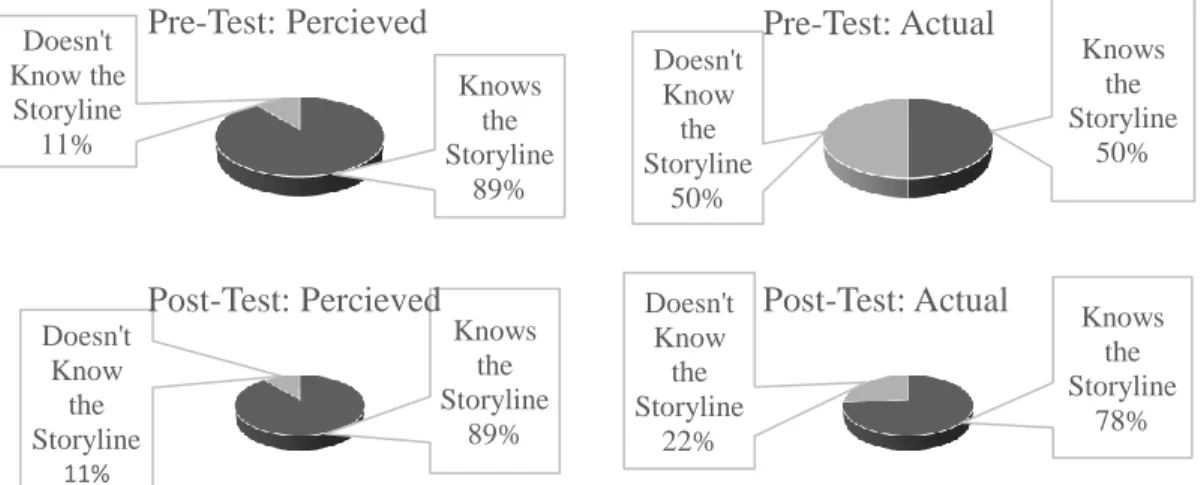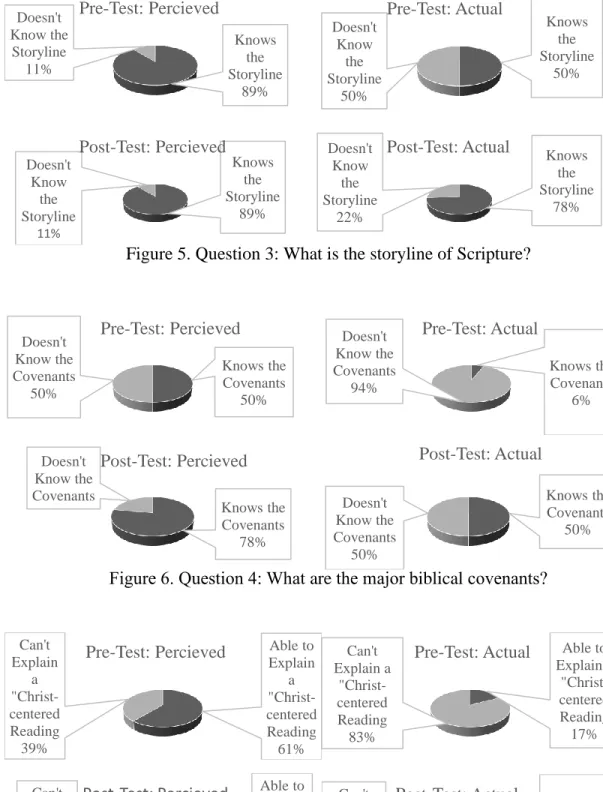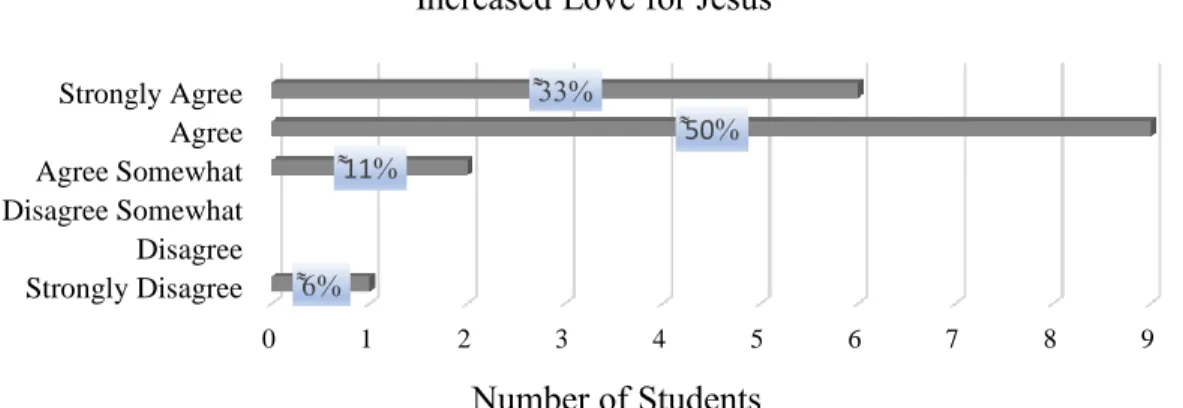4 Michael Lawrence, Biblical Theology in the Life of the Church: A Guide for Ministry, 9Marks (Wheaton, IL: Crossway, 2010), 89. Beale, A New Testament Biblical Theology: The Unfolding of the Old Testament in the New (Grand) Rapids: Baker Logos Bible Software. 57 Michael Lawrence, Biblical Theology in the Life of the Church: A Guide for Ministry, 9Marks (Wheaton, IL: Crossway, 2010), 88.
What Is Biblical Theology and Why Is It Important?
In the course, students (1) were introduced to the subject BT;. 2) examined the unity of the Bible; (3) revealed the comprehensive story of redemptive history found in Scripture, which is structured around major biblical covenants and culminates and culminates in Jesus Christ; (4) taught a gospel-centered and Christocentric hermeneutic; and (5) saw the value that the BT has for ordinary Christians in their Bible study. The Old Testament must be understood in the light of the event of Christ, because they predicted his coming, mission and work. This lesson started with three review questions about the previous lesson that the students were asked to answer in small groups.11 about the previous lesson that the students had to answer in small groups.11 Moving on from the review and reflection time, students were given a brief overview of the context and development within the narrative from Acts 3 through the first part of Acts 8, and information on Stephen.
Joseph is portrayed by Stephen typologically as a rejected deliverer figure like Moses and the prophets, ultimately culminating in the antitype of Jesus Christ as the rejected deliverer figure.19 Fifth is the use of the Old Testament in the New Testament. Students were able to see that the skills this course taught them came right out of the Bible itself. Howard Marshall, "Acts," in Commentary on the New Testament Use of the Old Testament, ed.
This lesson started with five review questions about the previous lesson that the students had to answer in small groups.21 about the previous lesson that the students had to answer in small groups.21 In the transition from a time of looking back and thinking, the students were given a short overview from the context and development within the story of the previous lesson to the second half of Acts 8. This lesson began with four review questions about the previous lesson that students had to answer in small groups.22 about the previous lesson that students had to answer in small groups. answer in groups.22 In the transition from a time of looking back and thinking, the students were given a brief overview of the context and development within the story from the previous lesson to Acts 17.
The Storyline of Scripture
After finishing the teaching on Acts 17, a brief explanation was given as to why an entire week of teaching was spent studying exemplary passages of Christ's disciples and apostles who engaged in the discipline now known as BT. The metanarrative of Scripture was then explained using the redemptive historical timeline and its categories based primarily on two graphics created by Dan Kimball27 and Robert Cheong28 as well as showing the students the Bible Project video on the history of Scripture.29 After these activities the class was shown. concluded by taking students through the gospel presentation paradigm of God, man, Christ, and response and showing them how to understand and share the gospel message from the point of view of the redemptive historical timeline presented earlier in class.30 Lesson 4 : The Great Biblical covenants. 26 John Goldingay, "The Old Testament and Christian Faith: Jesus and the Old Testament in Matthew 1-5, Part 1," Themelios 8, no.
29 The Bible Project, “The Story of Scripture,” accessed February 23, 2021, https://bibleproject.com/explore/video/the-story-of-the-bible. The first comes from Peter Gentry and Steven Wellum: “A covenant is an enduring agreement defining a relationship between two parties that involves a solemn, binding obligation(s) made by at least one party to the other, sworn to under threat of divine curse and confirmed by visual ritual.”32 Another is offered by Tom Schreiner, who writes that “covenant” is the biblical term for “chosen [as opposed to natural or biological]. To conclude the teaching, students were shown a Bible Project video on biblical covenants as a foretaste of the next three lessons.34.
Each of the four sessions started with a brief review of key concepts and terms from the previous lesson. Lane, "The Meaning and Use of the Old Testament Term for 'Covenant' (berît): With Some Implications for Dispensationalism and Covenant Theology" (PhD diss., Trinity International University, 2000).
Biblical Theology Tools
The purpose of these paired teaching sessions was to show that throughout the Bible, beginning with the book of Genesis, God established relationships with certain people at specific times through covenants, and these covenants carry forward the overarching story. The last class session ended by highlighting the key points for the week: how Jesus fulfills the five covenants and how one can enter the new covenant today. These five teaching sessions drew heavily on Richard Lints' condensed work on The Fabric of Theology,37 which Roark and Cline produced in their book Biblical Theology: How the Church Faithfully Teaches the Gospel.
Students took a deep dive into the various aspects of these lenses through guided Scripture reading and interpretation.40. In summary, during these five teaching sessions, students were shown that the "5'Cs" in biblical interpretation are used to explore two categories: study tools and storyline tools.41 One is a microscope, the other a drone. The storyline aids help the reader see where a text fits into salvation history and how each individual text contributes to the whole canon of.
Scripture, which culminates in the person and work of Jesus Christ, the drone images. 40 Commonly misinterpreted passages of Scripture were examined, key themes were identified, and basic skills for finding historical and literary context were taught by asking simple investigative questions to identify the material.
BT Workshops
This final chapter evaluates the purpose, objectives, strengths and weaknesses of the ministry project detailed in the previous chapters to achieve its overall effectiveness. The RSCA recognized the need to revamp the high school Bible curriculum that included teaching the core discipline of BT to combat biblical illiteracy among the student population. This assignment required teaching students to learn how to see the big picture design of God the creator in His Word and how each individual passage relates to the entire canon of Scripture.
We don't recognize the real thing by becoming an expert on the fake; instead, a constant delving into the truth reveals the fakes for what they are. One of the goals of this course at BT was to saturate the students with the story of the Bible so that they begin to understand how the gospel of Jesus Christ changes the way God's people read their Bibles, especially the Old Testament. In other words, this project, by the power of the Holy Spirit, opened the eyes of RSCA students to see how, as the subtitle of the Sally Lloyd Jones Jesus Storybook Bible says, "every story whispers his name."1 Emphasis on this interpretive commitment was an essential part of this project.
As the data revealed, a verifiably important step in the right direction was taken with the development and implementation of this ministry project. These goals reflect the progression of steps taken to develop RSCA students in their understanding of biblical theology.
Assess Initial Understanding of BT
Further, unlike a five-point Likert scale, a six-point scale does not allow participants to have an “easy out” option of “neutral”. Rather, on a six-point Likert scale, there is an equal number of positive and negative statements, which allows for better data collection. This objective was measured by administering the BTCT to tenth grade high school students at RSCA via an online Google Form.
This goal was deemed met when all eighteen permission slips were received on Monday, August 25, 2021, and the BTCT was administered to the test group and completed by students that day in class. The survey data was collected and analyzed to provide a clearer picture of the current biblical literacy among RSCA students from which to build teaching curricula. The results showed that a significantly small number of students were familiar with the concept or discipline of BT and, more alarmingly, could not offer a biblical definition of the gospel.
Data from the pre-test were considered together with the data from the post-test under assessment of the third objective. However, it is interesting to note here a simple observation from the background questions section of the BTCT regarding the correlation between church attendance, daily Bible reading and familiarity with BT expressed in figures 1 and 2.

Building the Teaching Curriculum
Equip Students with Knowledge of and Skill in BT
Introduction (1/2 page)
How will you progress through the paper to teach your reader about this passage.
Bible Work (3-4 pages)
Formatting and Citations
The following tool was used to assess each student's research paper on biblical theology and assess their ability to apply the biblical theology skills acquired during the. 1 Nick Roark and Robert Cline, Biblical Theology: How the Church Faithfully Teaches the Gospel, eds. Unity and Diversity in the New Testament: The Possibility of Systematic Theology.” In Scripture and Truth, edited by D.
What is a biblical theology of covenants?” In 40 Questions About Biblical Theology, edited by Benjamin L. How does biblical theology relate to other theological disciplines?” In 40 Questions on Biblical Theology, edited by Benjamin L. What Must We Presume to Do Biblical Theology?” In 40 Questions on Biblical Theology, edited by Benjamin L.
What do we mean by 'Biblical Theology'?" In 40 Questions about Biblical Theology, edited by Benjamin L. Editorial: Preaching and Teaching the Whole Counsel of God.” The Southern Baptist Journal of Theology.

